Electromagnetics Blog Posts
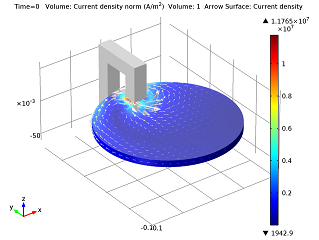
Simulating Eddy Current Brakes
Last week you saw how you can simulate the heating of a car’s brake discs. This reminded me of another type of brake — the eddy current brake (also known as magnetic brake). Whereas the other model was a study in heat transfer, eddy current brakes deal with electromagnetics.

Electrical: The Bumblebee Electrifies Anyway
“The Bumblebee Flies Anyway” was a book by Robert Cormier that I read as a young teenager. In it, Cormier describes how bumblebees are natural anomalies as they seemingly do not have the aerodynamic capability to actually fly. Their wing span and flapping speed should not provide enough lift to allow flying, and this is a fact that I have always associated with bumblebees since. Yet, this has been proven not to be true, as a closer investigation of the […]

Upgrading the Nuts and Bolts of the Electrical Grid
The electrical grid describes the network created for producing electricity, transmitting it and delivering it to the consumers. A “smart grid” is an electrical grid that gathers information on the suppliers and consumers automatically to improve efficiency and sustainability in the system. As the automated technology improves, the hardware that physically connects the electrical grid together must improve as well. This hardware, the “nuts and bolts” of the grid, is comprised of transformers, cable joints, terminations, bushings, and fault current […]
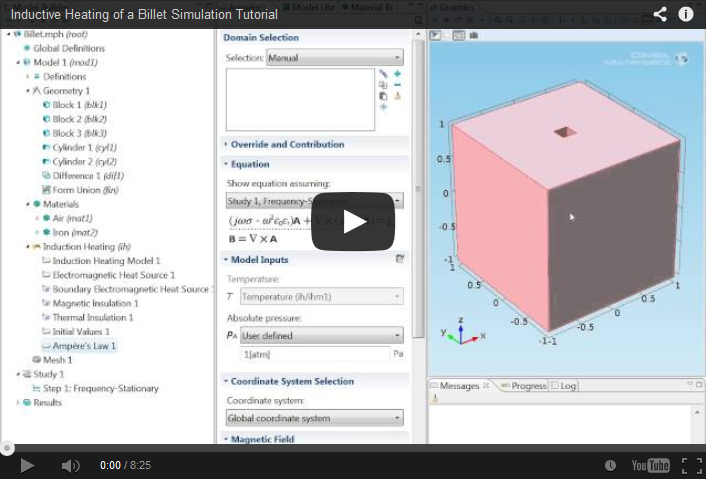
Inductive Heating of a Billet Simulation Tutorial
Induction occurs when a metal object moves in the presence of a magnetic field inducing a current in that object. The induced current causes it to heat up (called inductive heating), as all current does. Yet, simulating these two coupled physics together can be difficult to do as they are intrinsically based on different time scales. COMSOL Multiphysics is able to cleverly simulate them through combining the frequency domain modeling of the magnetic field with a stationary simulation of the […]
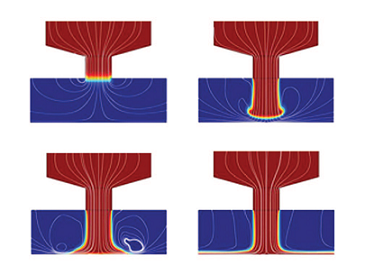
Fluid Flow: Smooth Optical Surface in Minutes
Ultra-precise optical components require blemish-free surfaces that often cannot be achieved by the machining processes that grind these components. Fluid jet polishing (FJP) is a new technology being developed by Zeeko Ltd to replace the hand polishing that was often required. With the help of COMSOL, Zeeko was able to create a product that polishes the optical components in only ten minutes instead of an entire day, and without waveforms.
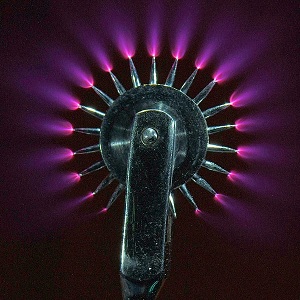
Corona Discharge
In its natural state, air is a good insulator. However, if it’s adequately ionized, it can ultimately lead to “corona discharge”. What does that mean and why is it important? Let’s find out.
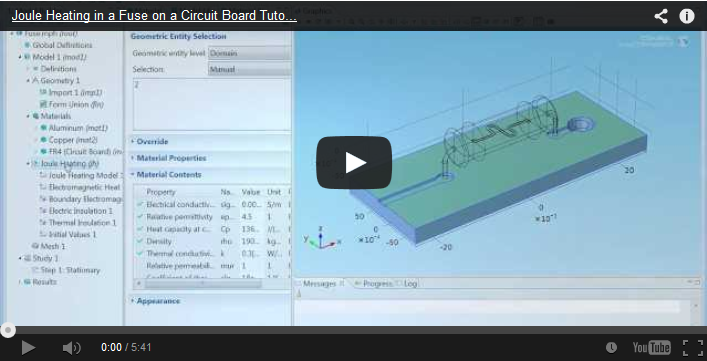
Joule Heating Simulations Tutorial
One of the classic multiphysics couplings in engineering and science is Joule heating, also called resistive heating or ohmic heating. Some Joule heating examples include heating of conductors in electronics, fuses, electric heaters, and power lines. When a structure is heated by electric currents, the device can reach high temperatures and either structurally degenerate or even melt. The design challenge is to remove this heat as effectively as possible. COMSOL eases these challenges by providing a specialized multiphysics interface for […]
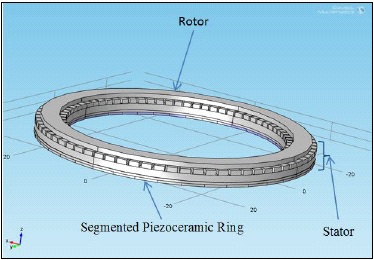
Ultrasonic Micro Motors, It’s all in the Shape
A while back, I wrote about permanent magnet generators and how they generate electricity upon being set in motion. When browsing the papers from our conference in Bangalore, one on the topic of ultrasonic micro motors caught my eye. These motors are electromechanical in nature and instead initiate motion with the application of an electric voltage. Furthermore, these motors are miniaturized to fit a micro-scale environment.
